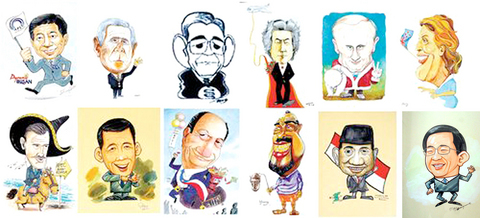Shelton Bumgarner at the Marmot’s Hole blog quotes from a recent NYT article about how Disneyland Hong Kong has been redesigned to accomodate Chinese culture’s lack of waiting online.
There are, in fact, cultural differences in how people behave while in line, according to social scientists and park designers. Those differences have even led to physical changes in so-called queuing areas at some parks.
Rongrong Zhou, an assistant professor of marketing at Hong Kong University of Science and Technology, said the differences went beyond a Hong Kong-mainland split. Ms. Zhou, who has studied the psychology of queuing in Hong Kong, although not at theme parks, said there was a tendency among Asians and others in more collective cultures to compare their situation with those around them. This may make it more likely that they will remain in a line even if it is excessively long.
(The NYT article is old enough to only be avaliable to Times Select subscribers, which I am not, hence no link.)
When I was traveling in China, my fellow backpacker stumbled across a book, written in English by a Chinese man for a presumably Chinese audience, entitled something like “An introduction to English culture.” This book contained a sentence, now forever emblazoned across my mind, that almost perfectly defined the experience of being a foreigner in China, and perhaps of being a Chinese abroad.
“In England there is a phenomenon known as queueing.”
What more needs to be said?
Shelton also notes that Koreans seem to have no trouble with waiting on line. I can attest that the same is true of Taiwan, one of the many cultural differences between this island state and its parent continental nation. Perhaps waiting on line is, like removing ones shoes when entering a private home, a habit picked up from the Japanese during the 50 year rule?

